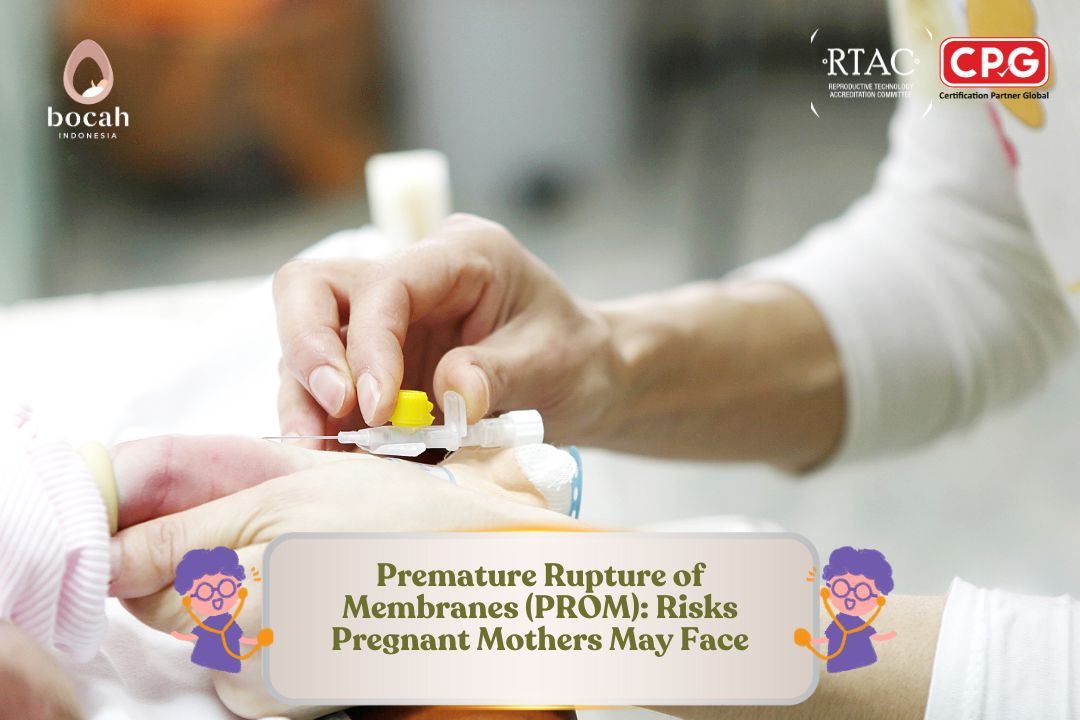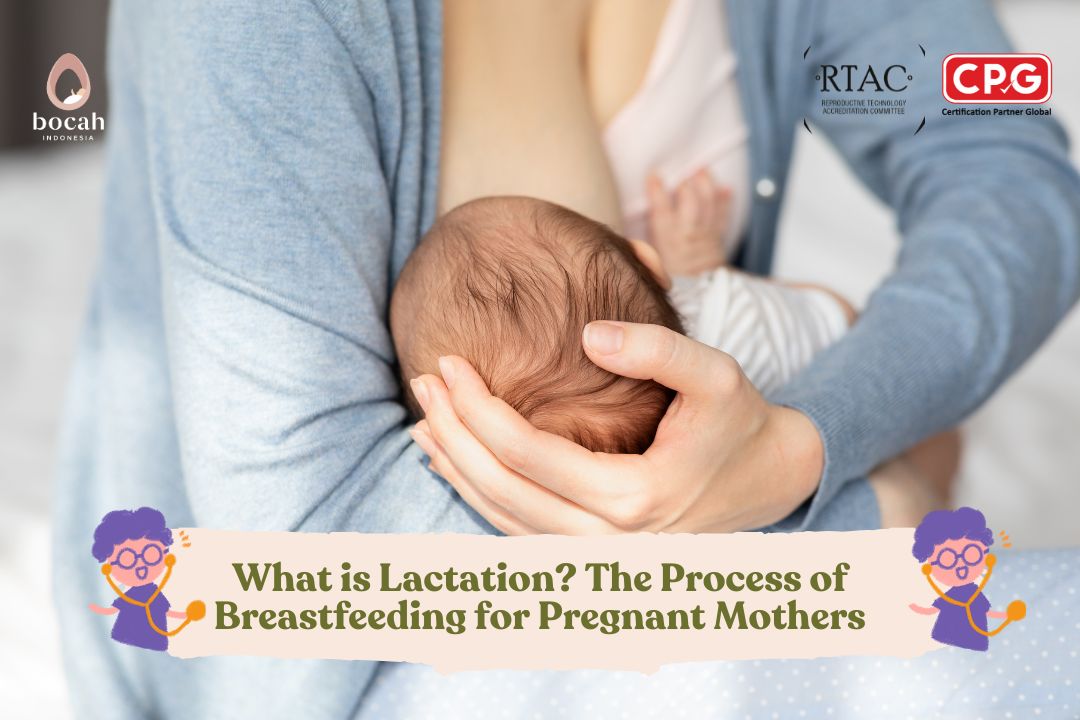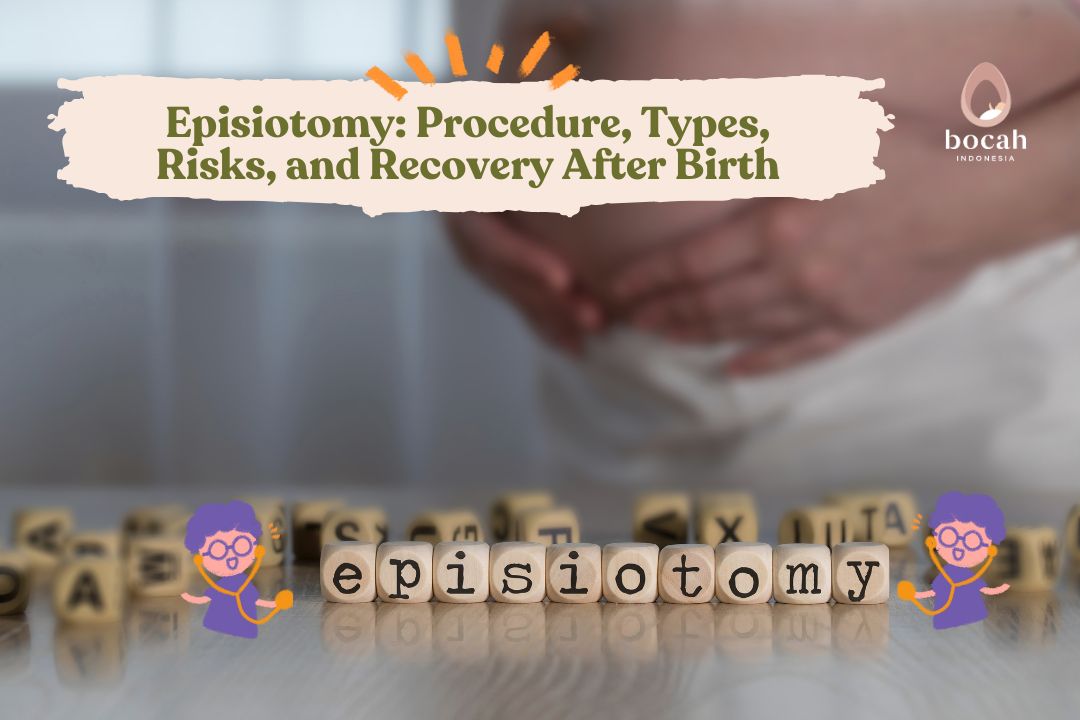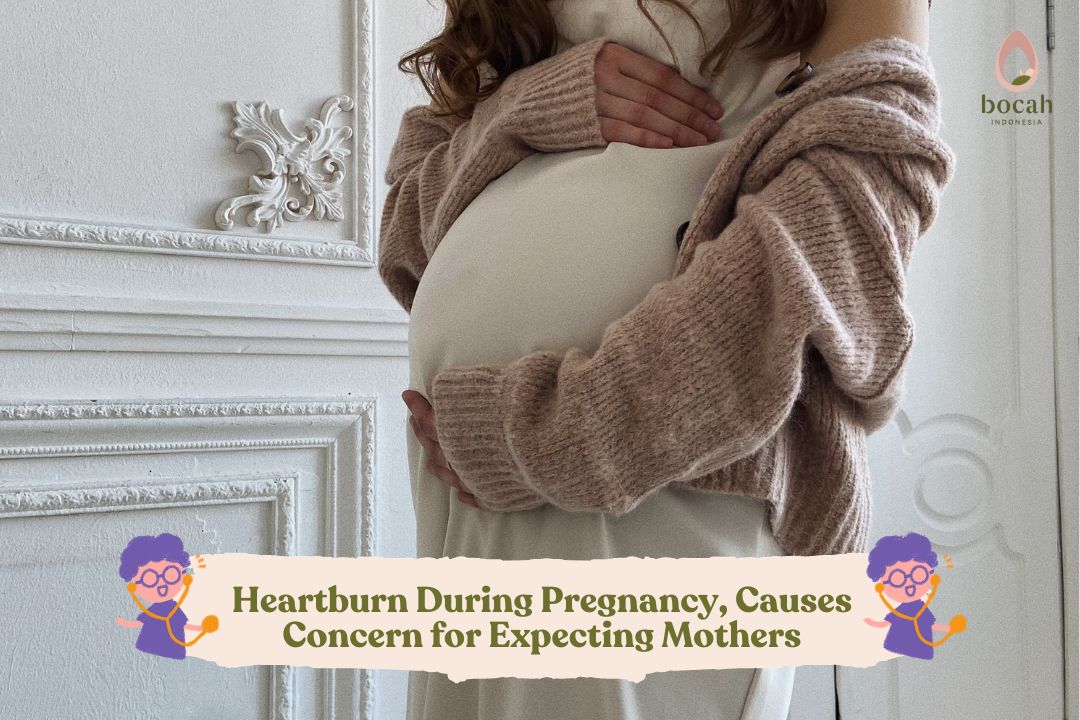Premature Rupture of Membranes (PROM): Risks Pregnant Mothers May Face

Premature rupture of membranes can occur when a pregnancy enters the third trimester. If this condition happens, it requires immediate medical attention to prevent complications for both mother and baby.
Premature Rupture of Membranes (PROM) happens when the amniotic sac that protects the fetus ruptures before the onset of labor. The amniotic sac functions to hold the amniotic fluid, protect the fetus from injury, and regulate the baby’s body temperature in the womb.
Amniotic fluid itself contains water, hormones, nutrients, and antibodies for the fetus. It also has bacteriostatic properties, meaning the bacterial growth inside it remains stable, keeping the fetus safe without disrupting its development.
This condition may occur when fetal development is incomplete (before 37 weeks of pregnancy) but can also happen at full term. If PROM occurs at term, doctors usually recommend delivery within 24 hours. However, if it occurs prematurely, doctors may consider providing special care to prolong the pregnancy.
What Causes the Amniotic Sac to Rupture Early?
Normally, rupture of membranes is part of labor. But if the membranes break before labor begins, it is called PROM.
Tanya Mincah tentang Promil?
The exact cause of PROM is still unknown. Experts suggest that term PROM may occur due to weakened membranes. In contrast, preterm PROM (PPROM) is often linked to uterine infections.
Other factors that can increase the risk of PROM include:
-
Sexually transmitted infections, such as chlamydia and gonorrhea
-
A history of preterm birth
-
Smoking or using illicit drugs during pregnancy
-
Vaginal bleeding lasting more than one trimester
-
Excess amniotic fluid (polyhydramnios)
-
Breech presentation of the baby
-
Inflammation or infection of the membranes (chorioamnionitis)
-
Low collagen levels in the membrane tissues
-
Undergoing amniocentesis in early pregnancy
-
Heavy physical activity or excessive body strain
-
Poor diet and unhealthy lifestyle during pregnancy
-
Deficiency of vitamin C, copper, and zinc
-
Multiple pregnancy (twins or more)
Signs and Symptoms of PROM
The hallmark sign of PROM is the leakage of amniotic fluid through the vagina, which may flow slowly or gush out. Many pregnant women mistake amniotic fluid for urine. One way to differentiate is by smell — amniotic fluid is odorless, unlike urine.
Another way is using litmus paper: if red litmus paper turns blue, the fluid is amniotic fluid; if it remains red, it is urine.
If PROM is accompanied by infection, symptoms may include:
-
Fever
-
Abdominal pain
-
Persistent foul-smelling vaginal discharge
-
Rapid fetal heartbeat
Diagnosis of PROM
Diagnosis begins with a medical interview regarding the pregnancy, symptoms, complaints, and medical history. The doctor will perform a physical exam, especially checking the cervix to confirm membrane rupture.
Additional tests may include:
-
pH Test: to measure vaginal fluid acidity. Higher pH (alkaline) levels may indicate ruptured membranes.
-
Ultrasound (USG): to assess the uterus, fetus, and remaining amniotic fluid levels.
How to Prevent PROM
Some ways to reduce the risk of PROM include:
1. Vitamin C Consumption
Research published in the Journal of Postgraduate Medical Institute suggests that vitamin C supplementation may help prevent PROM in women with a history of the condition. Consuming vitamin C after 20 weeks of pregnancy may improve collagen metabolism, strengthening the membranes. However, further research is still needed.
2. Avoiding Cigarette Smoke
In many cases, the cause of PROM is unknown. Maintaining a healthy lifestyle, including avoiding smoking and secondhand smoke, is essential, as both can harm the fetus and increase PROM risk.
3. Regular Medical Check-ups
Routine prenatal check-ups are crucial. They allow doctors to monitor the amniotic sac and detect early warning signs. If an issue is suspected, doctors may prescribe prenatal vitamins or other interventions to support maternal and fetal health.
PROM is a serious condition requiring immediate medical care. If you experience vaginal fluid leakage that may be amniotic fluid, seek medical attention promptly. Early treatment helps prevent complications for both mother and baby.
To lower the risk of PROM, maintain a healthy lifestyle, avoid harmful substances, and attend regular prenatal visits.
Source:
- Majid, A., et al. (2015). Effectiveness of Vitamin C In Preventingpre-Labour Rupture Of Chorio-Amnioticmembranes In Pregnancy In Women Havinghistory Of Prom in Previous Pregnancies. J Postgrad Med Inst 2015; 29(3):131-4.
- Assefa, NE., et al. (2018). Risk factors of premature rupture of membranes in public hospitals at Mekele city, Tigray, a case control study. BMC Pregnancy Childbirth. 2018 Sep 29;18(1):386.
- Axelson, K., et al. (2021). Longest Survival of Expectantly Managed Twin Gestation Complicated by Previable Preterm Premature Rupture of Membranes at 13 Weeks’ Gestation. Cureus. 2021 Jul 18;13(7):e16464.










